- Ordered before 5:00 PM, send same day
- Free shipping from € 50,- (Benelux)
- Personal advice
- Klantenbeoordeling
Shopping basket
Your shopping basket is empty
Your shopping basket is empty

At almost 100 years old, Shimano is one of the most highly developed and progressive brands in the cycling market. Its product range contains just about every moving part for road racers and mountain bikes, from pedals and brakes to derailleurs and cassettes. And when it comes to mountain bike groups, Shimano is the absolute market leader. Besides this, just about every professional cycling team rides on Shimano groupsets.
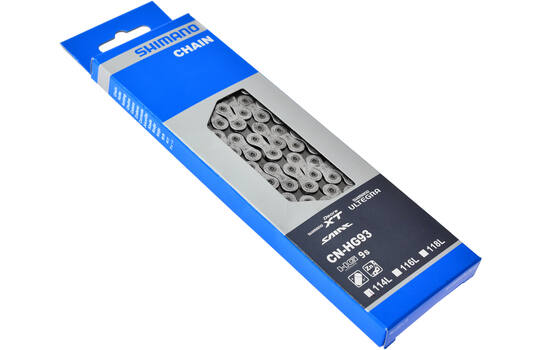
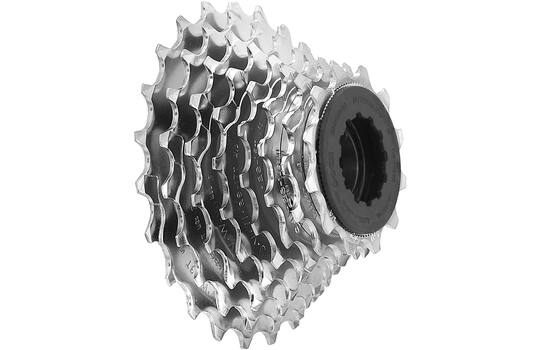
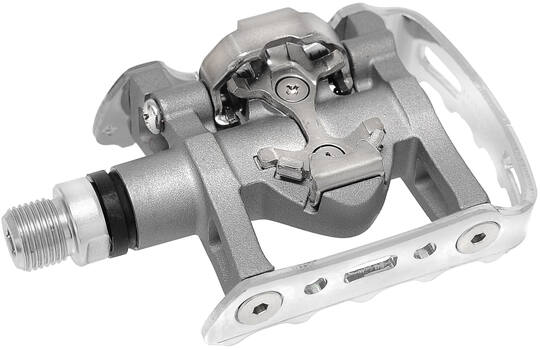
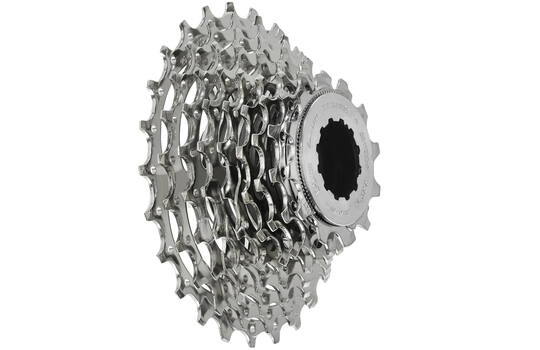
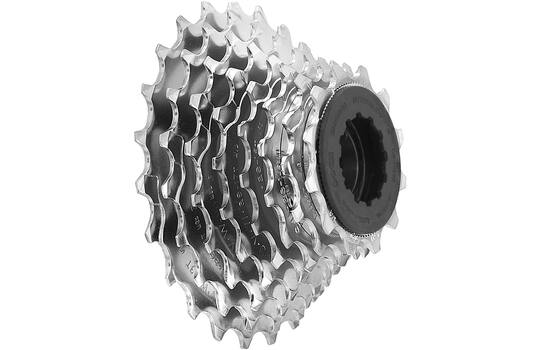
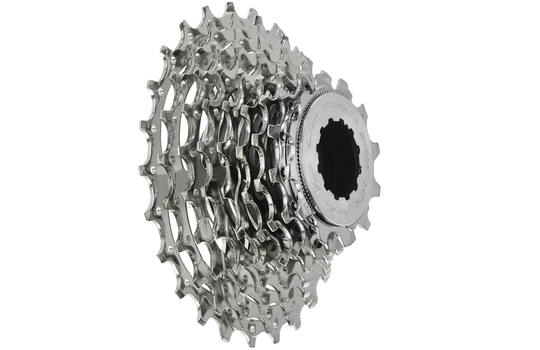
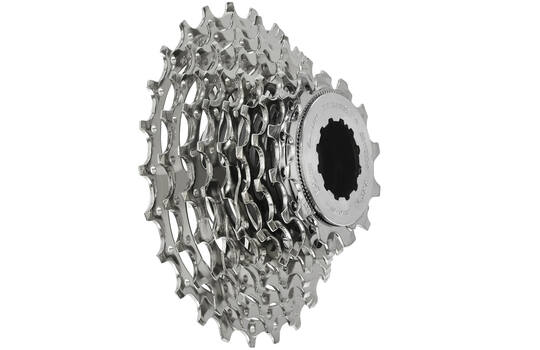
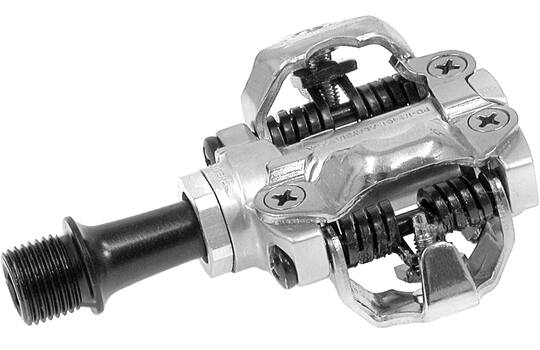
.jpg)
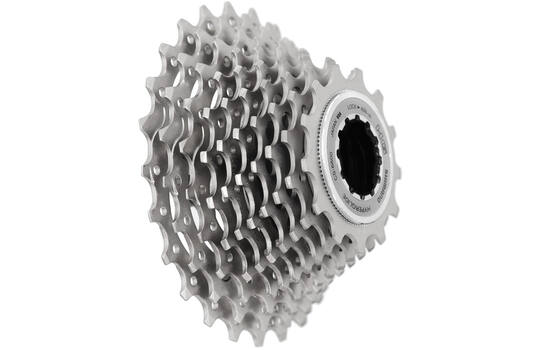
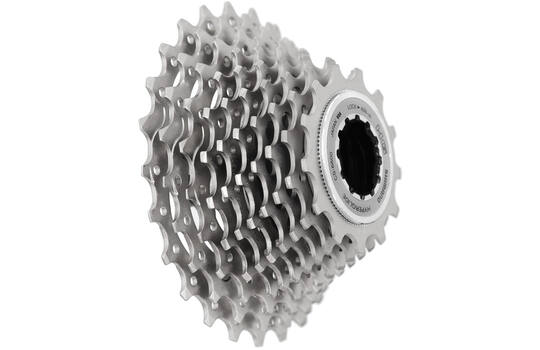
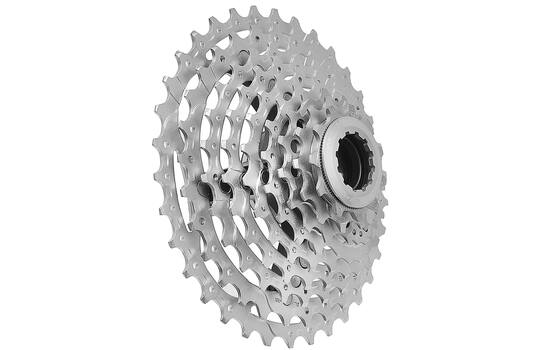
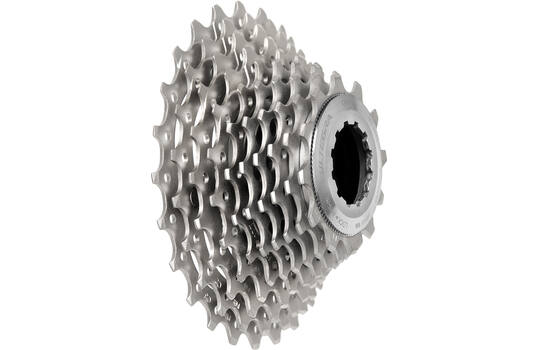
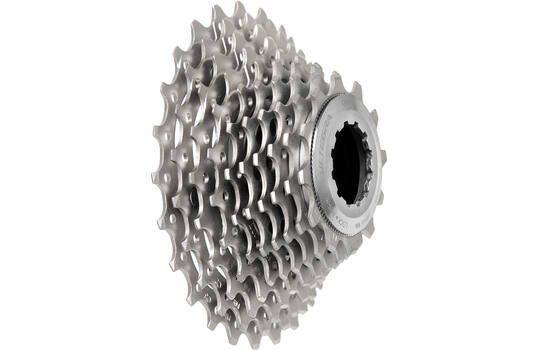
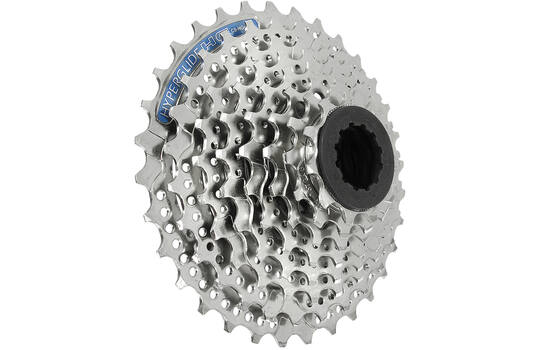
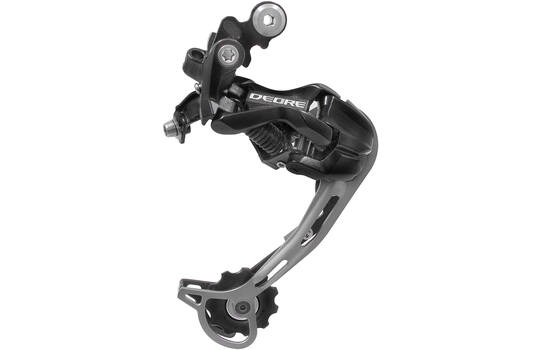
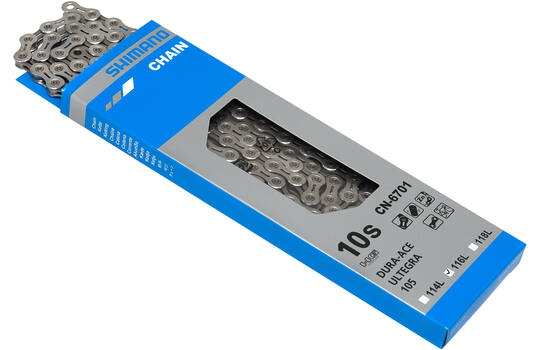
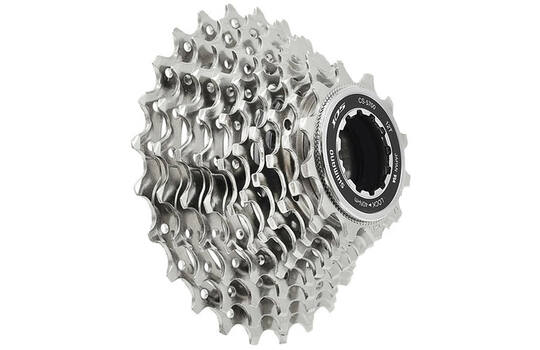
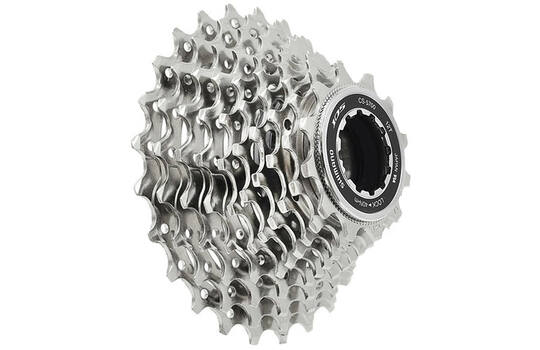
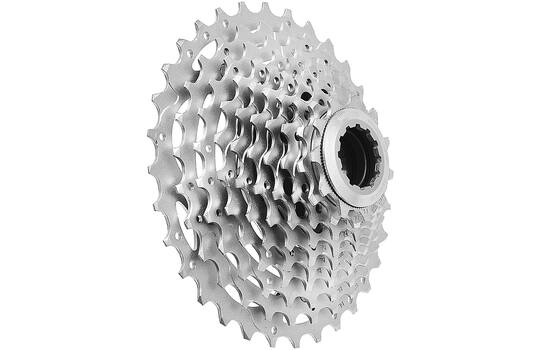
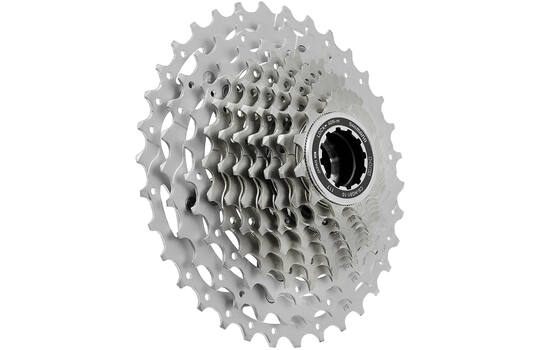
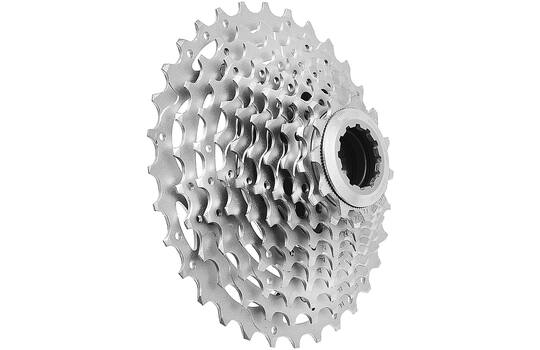
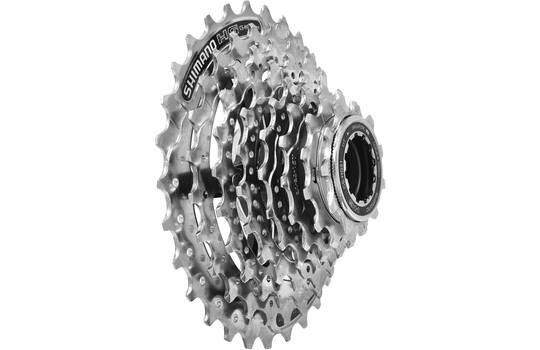
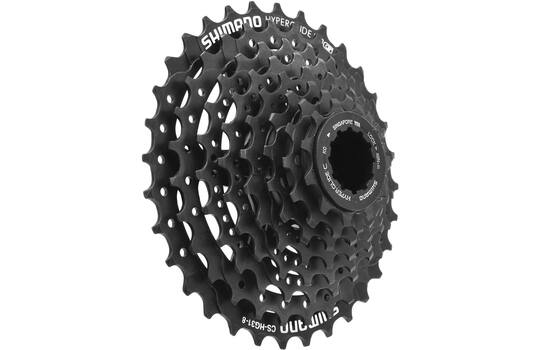
History
Shimano started out as a metalworking company established by Shozaburo Shimano in Sakai, Japan in 1921. The company's knowledge and expertise has enabled Shimano to become one of the world's largest manufacturers of cycle parts. In 2017, Shimano moved its European headquarters to Eindhoven.
Brand development
The first bicycle component produced by Shimano was a single freewheel, which in 1931 also became the company's first export product. From the mid-1950s, Shimano expanded its production line with a derailleur and a three-speed hub gear. In 1960 Shimano started cold-forging, a production process that would prove to be very important for the company as it would go on to be used for other high-quality Shimano parts.
Shimano's exports increased explosively, and the years 1965 and 1972 saw the establishment of the Shimano American Corporation and Shimano Europe GmbH, respectively. The first factories outside Japan were also opened, in Singapore. In 1973 the first complete DURA-ACE groupset was released, and in that same year Shimano Inc. was listed on the stock exchange.
From the early 1980s Shimano saw increasingly accelerated growth through the introduction of the mountain bike and the leading role the company played in its development. The first true XT mountain bike groupset, the Shimano M700, was released in 1984, recognisable from the deer head logo. Also in 1984, Shimano turned the market for racing bike components upside down with its introduction of index shifting (the SIS), a feat it repeated in 1990 with the introduction of STI, the now-familiar system of combined braking and gearshift controls. Around the same time, Shimano brought out its Uniglide, followed by the Hyperglide, a sprocket design with varied gear tooth profiles for smoother shifting.
Meanwhile, there was no let-up in product development and Shimano continued to innovate and introduce new components, such as the XTR mountain bike racing components in 1991 and Nexus internal gear hubs (1995).